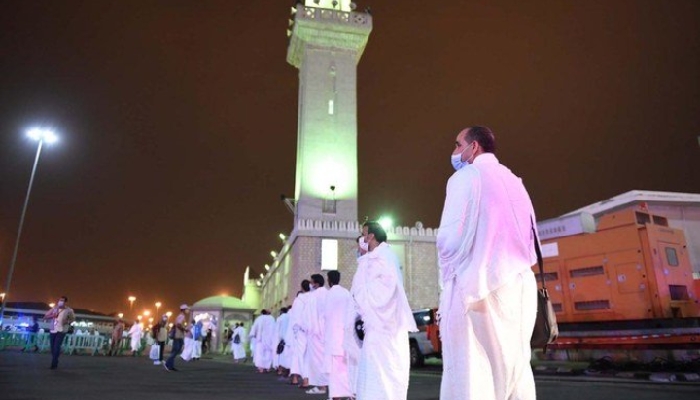Dubai, Feb 5: US Defense Secretary James Mattis has called Iran the world’s “biggest state sponsor of terrorism,” amid rising tensions between the two nations.
 His comments come a day after the US imposed new sanctions against Iran in response to a ballistic missile test.
His comments come a day after the US imposed new sanctions against Iran in response to a ballistic missile test.
But Mattis said he did not see any need to boost US troop numbers in the Middle East to deal with Iran, reported BBC.
A Revolutionary Guards commander said Iran would use its missiles if its security is under threat, as the elite force defied new US sanctions on its missile program by holding a military exercise on Saturday.
Tensions between Tehran and Washington have risen since a recent Iranian ballistic missile test which prompted US President Donald Trump’s administration to impose sanctions on individuals and entities linked to the Revolutionary Guards.
Trump’s national security adviser Michael Flynn said the Washington was putting Iran on notice over its “destabilizing activity,” and Trump tweeted Tehran was “playing with fire”
“We are working day and night to protect Iran’s security,” head of Revolutionary Guards’ aerospace unit, Brig. Gen. Amir Ali Hajizadeh was quoted as saying by Tasnim news agency.
“If we see smallest misstep from the enemies, our roaring missiles will fall on their heads,” he added.
Iran’s Revolutionary Guards is holding the military exercise in Semnan province on Saturday to test missile and radar systems and to “showcase the power of Iran’s revolution and to dismiss the sanctions,” according to the force’s website.
Dismissing Trump’s comments that “nothing is off the table” in dealing with Tehran, the commander of Iran’s ground forces said on Saturday that the Islamic Republic has been hearing such threats since its 1979 revolution. “The defense capability and the offensive prowess of Iran’s armed forces would make America or any other enemy regretful of any incursion,” Ahmad Reza Pourdastan was quoted as saying by ISNA.
Iranian state news agencies reported that homemade missile systems, radars, command and control centers, and cyber warfare systems would be tested in Saturday’s drill.
Iran has one of the Middle East’s largest missile programs and held a similar exercise in December to showcase its defense systems, including radars, anti-missile defense units, and short and medium-range missiles.
Tehran confirmed on Wednesday that it had test-fired a new ballistic missile, but said the test did not breach its nuclear agreement with world powers or a UN Security Council resolution endorsing the pact.
Iran has test-fired several ballistic missiles since the nuclear deal in 2015, but the latest test was the first since Trump entered the White House. Trump said during his election campaign that he would stop Iran’s missile program.
The UN Security Council held an emergency meeting on Tuesday and recommended the missile testing be studied at the committee level. The new US ambassador to the UN, Nikki Haley, called the test “unacceptable.”
The Security Council resolution was adopted to buttress the deal under which Iran curbed its nuclear activities to allay concerns they could be used to develop atomic bombs, in exchange for relief from economic sanctions.
The resolution urged Tehran to refrain from work on ballistic missiles designed to deliver nuclear weapons. Critics say the resolution’s language does not make this obligatory.
Tehran says it has not carried out any work on missiles specifically designed to carry nuclear payloads.






Comments
US says Iran is the biggest terrorist..... But the world says US is the biggest terrorist, poking its nose every where....
Add new comment